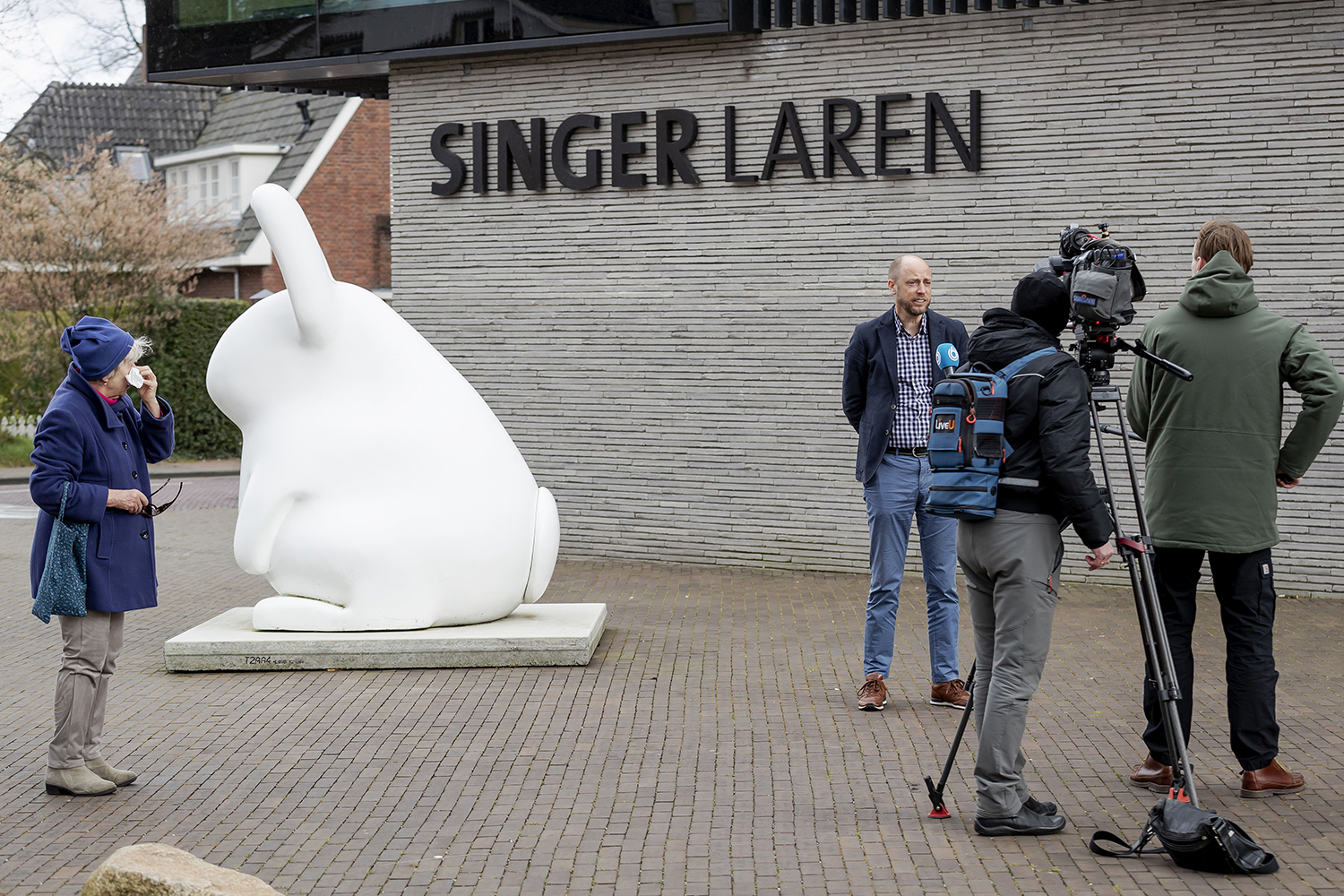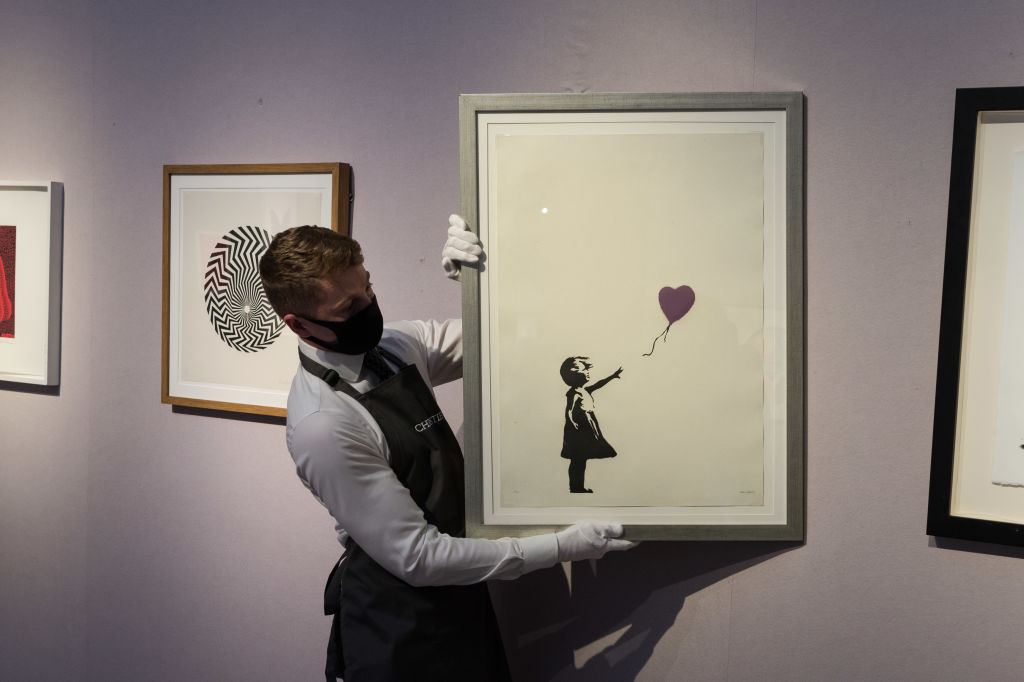In August of 2020, thieves stole Frans Hals’s 1626 painting Two Laughing Boys with a Mug of Beer from the Museum Hofje van Mevrouw van Aerden, in Leerdam, the Netherlands. The theft of a work of art isn’t all that uncommon, unfortunately, but the circumstances under which this painting was stolen stood out — this marked the third time it had been purloined since 1988. What is it about this particular painting that makes it so enticing? Is there a master thief out there with an obsession with depictions of beer in art, perhaps?
Writing at The New York Times, Graham Bowley sought some answers about Hals’s frequently stolen work of art. One surprising piece of information Bowley unearthed suggests a kind of cyclical pattern when it comes to Hals’s painting. Art detective Arthur Brand told the Times that thieves will sometimes steal art as a kind of negotiating chip. When it comes to this, the fact that the Hals painting has been stolen several times already suggests that it might not be too hard to steal it again.
The idea of stealing art to use as a bargaining chip isn’t new — it turns up in this 1985 New York Times article, for example. “Throughout Europe, prosecutors are generally willing to lessen a criminal’s sentence if he can offer a valuable piece of stolen art in exchange,” Mark Joseph Stern wrote at Slate in 2013.
Is the solution to the multiple thefts of Hals’s painting as simple as search engine results and its relatively compact size? Sometimes, the simplest solutions can also be the most accurate.
Subscribe here for our free daily newsletter.
Thanks for reading InsideHook. Sign up for our daily newsletter and be in the know.

















